The craft beer revolution has finally invaded Germany.
German brewers have been toying with new flavors and intrepid brewers have been pushing the limits of the Reinheitsgebot for a decade or more. The difference is that not just newpubs, but long time traditional breweries are jumping on board the craft beer wagon and producing a range of styles that Germany has not seen in living memory.
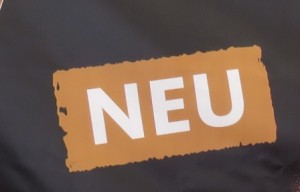
Neu, or “new” is the word of the day at the festival celebrating the 500th anniversary of the Reinheitsgebot.
Brauerei Schlössle in Neu Ulm is the picture of a traditional 19 century local brewery. It has a beautiful garden, wood paneled dining rooms and a fine menu of the kind of cooking you hope for at a South German gasthof. But there’s nothing either expected or traditional about the range of American-style very hoppy beers that it’s now featuring. See our Beer of the Day for January 16 for notes on their Schlössle High Five Hop Ale that was their most heavily promoted beer when we visited last summer.
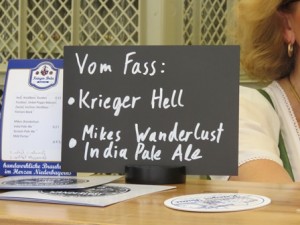
Krieger Brewery in Landau an der Isar is another traditional brewery that has embraced the craft movement.
The revolution started as an evolution. We’ve encountered really interesting beers in a number of pubs and breweries in recent years. The old tired approach of “House of 100 beers” or “House of 617 beers” (the numbers seemed to vary, but the selection did not) has given way to real beer bars offering real craft beer.
Berlin’s Das Meisterstrück near the Gendarmen Markt area was one of the first we encountered. We found beers from Munich’s Crew Republic that we had never seen in Munich. You didn’t have to go to a specialty bar, though, the Flessa Brewery is as inventive as it is small and boasts of its range of craft beer. Stone knew what it was doing in choosing berlin for it’s first European brewery.
The Altes Mädchen Braugasthaus is worth the cab ride from the center in Hamburg for its remarkable selection of German Craft beer. Munich’s craft scene leader is Tap House Munich a ten to fifteen minute walk from Rosenheimer Platz or the Ostbahnhof.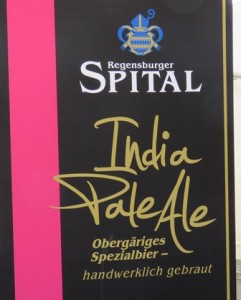
The real shock this year, though, was a festival in Munich celebrating the 500th anniversary of the Reinheitsgebot. We expected lots of Reinheitsgebot-ty traditional lagers and weizens; we did not expect the range of pale ales and IPAs that seemingly every other brewery was touting. Unfortunately the festival was cut short by the Munich August 20016 shooting – the entire city was shut for the night on the first day of the festival and it never reopened. We missed our chance to taste dozens of new style beers, but we learned plenty about them in the few hours the fest was able to show them off.
The Reinheitsgebot still applies to German brewers brewing for the domestic market. German brewers can brew beers that are not according to the law, but they can’t label them as “beer.” So while there have been some remarkable “malt beverages” with flavors added, most brewers have found ways of producing modern craft beer tastes while still complying with the letter of the law.
It’s hard for us to tear ourselves away from the big gardens that pour helles from the wood, but increasingly we find we just can’t ignore the remarkable creativity of the German brewers who have joined the craft revolution. Prost!
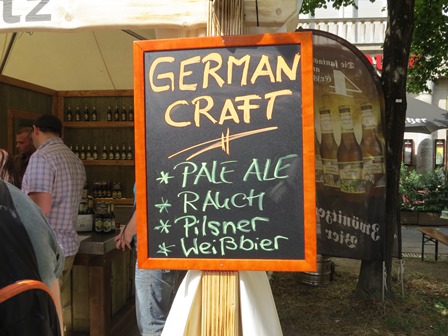

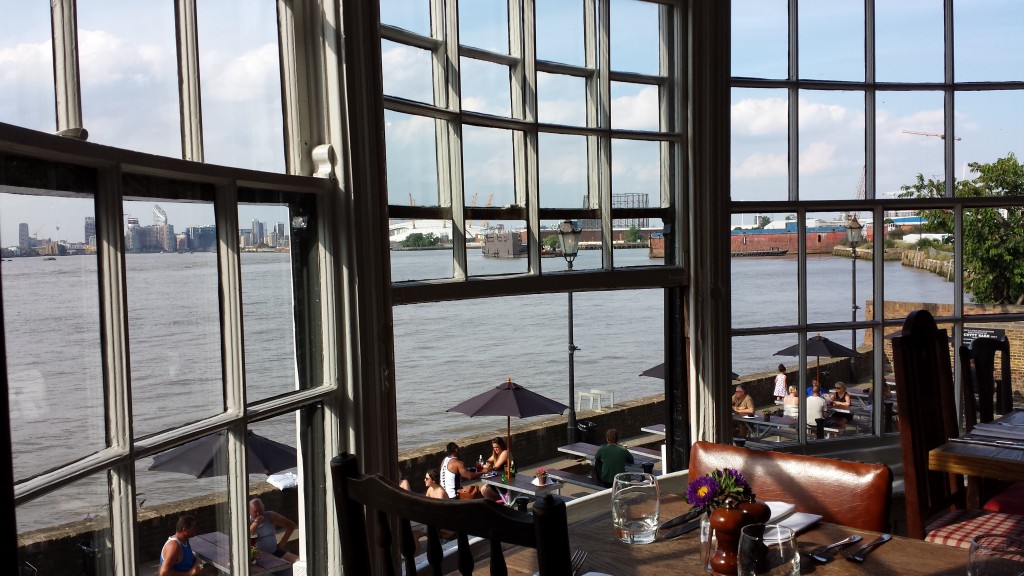
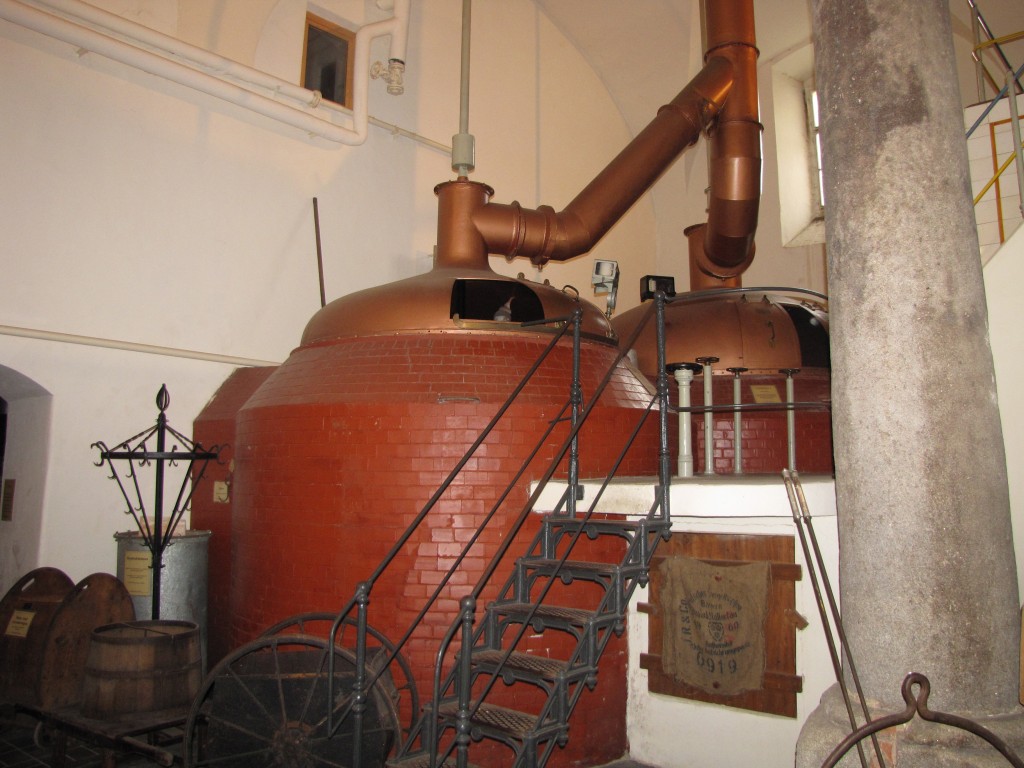
Leave a Reply